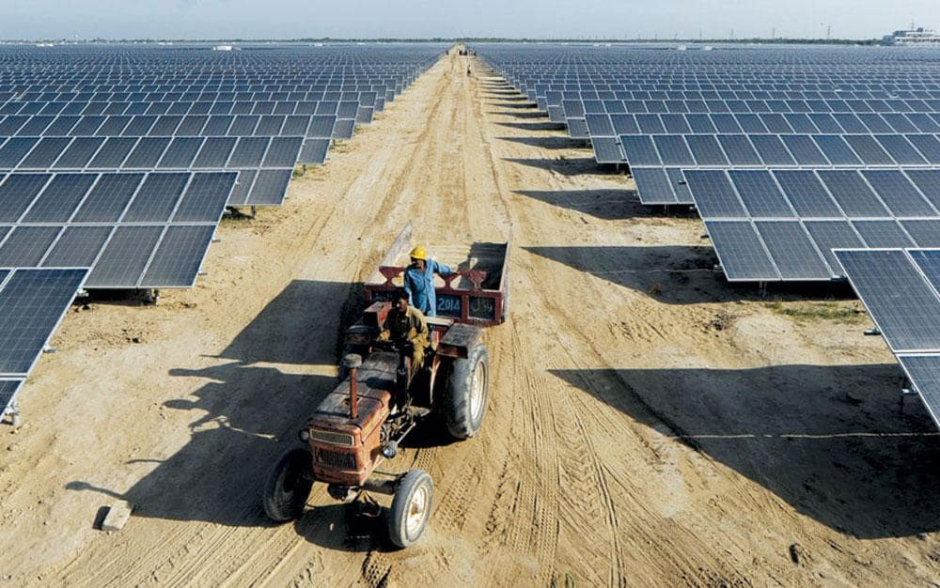World Bank to identify the best locations to site the new renewable generation in the country.
Government of Pakistan is planning to rely more on renewable resources in its efforts to reduce reliance on gas and fuel imports and ease the burden on the power grid.
According to the latest report by Bloomberg, a wave of new wind and solar plants is expected in Pakistan that is likely going to last for at least five years and during this time, the govt is planning to expand its clean energy capacity to about one-fifth of country’s total needs.
While giving an overview of Pakistan’s new energy policy, Nadeem Babar, Head of Pakistan’s Energy Task Force has said that the govt is gearing up to maximize its renewable resources by more than four times by adding as much as 7 gigawatts to bring its total to 8-9 gigawatts by 2025. The govt’s new energy policy is aimed at uplifting the country’s total generation capacity by 40% to 42-43 gigawatts and is expected to be approved next.
Nadeem Babar also talked about the losses Pakistan has faced in the power sector and remarked that Pakistan’s power generation at its grid has come under increasing pressure and many transmission lines are already operating at full capacity. Pakistan’s reliance on petroleum product imports accounted for about $13 billion of the country’s overall imports of $50 billion in the last fiscal year. While giving a telephonic interview to Bloomberg, he said that;
“Last year, 41% of generation was on imported fuels. That is just way too high. The general policy is to have a much higher emphasis on renewables over the next 10 years.’’
The Energy task force lead also revealed that global investment firms are taking interests in Pakistan’s energy sector. Specifically, he pointed out that govt is currently working with the World Bank to identify the best sites for establishing new renewable energy generation plants in the country.
It is must be noted that the major overhaul in govt’s policy to shift from conventional and non-renewable resources to clean power generation, came to light after Pakistan has handled the power deficit by adding 10 gigawatts of capacity in the past six years. CPEC was the leading cause behind these developments as most of that capacity was coal and natural gas-fired plants financed by China as part of its Belt and Road Initiative.











